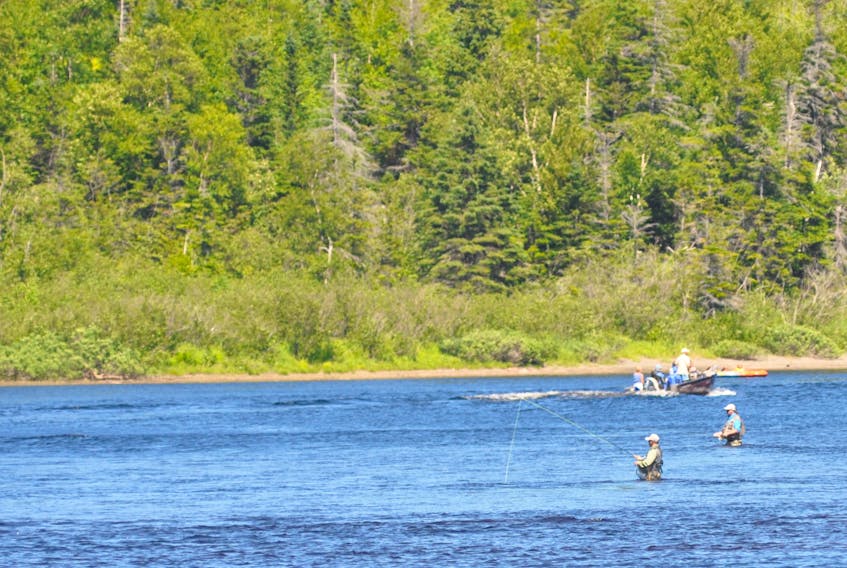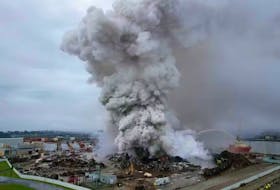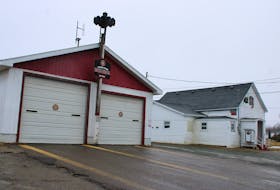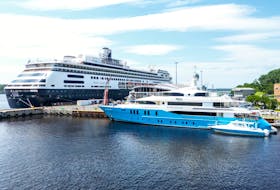While one group can agree with the approach the Department of Fisheries and Oceans has taken in closing the recreational salmon fishery to retention angling on the island portion of the province, another is gearing up to fight.
John McCarthy is the president of the Salmon Preservation Association of the Waters of Newfoundland (SPAWN).
He said his organization doesn’t criticize DFO for taking a cautious approach.
Related stories:
CORA and SPAWN come out on opposite sides of salmon management plan
IN-DEPTH: Salmon numbers continue to drop in Newfoundland rivers
“But we certainly see the disappointment in retain anglers in our association who would probably like to go out and fish for another fish.”
McCarthy said the reports showing a decline in numbers that came out from DFO’s index rivers certainly supports the move.
But not all rivers showed declines and he’s sure giving an additional tag on the Humber River and Main River, both of which seem to have really good returns, was entertained.
“It was a close call.”
He said the decision won’t just affect retention anglers because once the water temperature goes above 18 C all rivers will be closed to all fishing anyway.
Closing the fishery is one thing, but McCarthy said more needs to be done.
Looking at Western Arm Brook on the Northern Peninsula, where no fishing occurs, the numbers continue to decrease, so he said something must be happening at sea.
“The big thing, in our opinion, that has to be dealt with and has to be approached in some meaningful manner is the number of seals,” he said.
“And Grade 5 science will tell you that if you protect the top of the marine food chain, the seal, the effects are going to be devastating.”
As for the future, McCarthy said it’s difficult to say as the situation could change very quickly.
“The only thing we can control is whether we take fish or not,” said McCarthy.
Gary Gale said the closure is a major disappointment and the Citizens Outdoor Rights Alliance (CORA) is in the process of planning its strategy to fight the move.
Gale is the chair of the group.
Like McCarthy, he said the numbers are up on some rivers, so the closure is not justified.
“It’s our judgement that the numbers are good enough for retention,” he said.
“The decline is not as significant as DFO is saying.”
He said the problem is in the size of sample. In the 1990s 26 rivers were assessed and this year it was only done on 11 rivers.
He said DFO has to assess more rivers and to take into account the information coming from the observations of river guardians.
He also said CORA has a major problem in saying no to retention when hook and release angling continues.
There is a mortality related to hook and release with an estimate that one in 10 salmon hooked and released will die.
Gale said that’s why the province implemented a cap, a maximum of 10 fish that could be hooked and released up to July 20.
Retention anglers could take one fish and hook and release anglers could release 10 fish. If one of the 10 fish released dies, then both anglers would be responsible for taking one fish.
He said CORA considered that to be fair and balanced approach.
If DFO came out with one more fish for retention and 10 more for hook and release or two and 20, the group would have also considered it a fair and balanced approach.
“They’re not doing that. We see it as an attack on our culture and heritage.”









